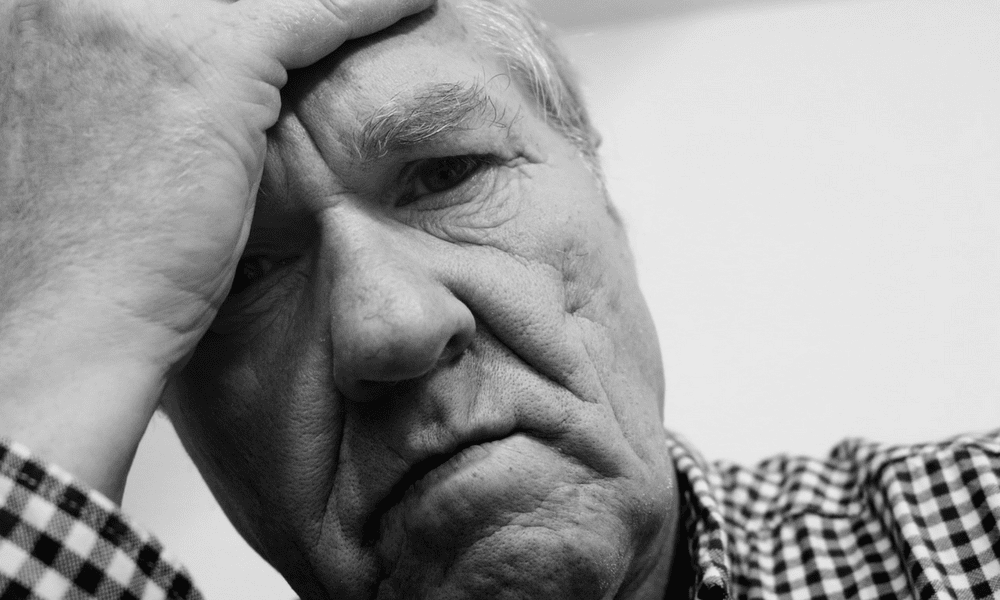
According to statistics from 2017, stroke is the number five cause of death in the US, and it takes nearly 130,000 lives every year. To put it even more bluntly: every 40 seconds someone in the United States has a stroke and in a lot of cases, people affected are faced with mobility challenges and difficulty to perform everyday tasks.
However, what a lot of people aren’t aware of is that 80% of strokes may be prevented if you learn how to recognize the warning signs and start paying attention to your lifestyle. The American Heart Association, National Stroke Association, and American Stroke Association have all been working tirelessly on educating people about stroke, its symptoms, risk factors, and prevention over the years, with the goal of lowering the devastating numbers mentioned above.
In order to help them along, the Neuroscience Center has decided to share some valuable information about stroke, how it can be prevented and, ultimately, treated.
What Is a Stroke?
A stroke is what you would call a “brain attack” and it occurs when the blood flow to our brain is either reduced or interrupted. This attack can happen when a blood vessel bursts within the brain, causing a bleeding, or when a clot blocks a vessel in the brain.
When the supply of blood is interrupted in a certain area of the brain, this area stops receiving oxygen and can die, along with the functions it controls. This, in turn, affects the part of the body controlled by the damaged part of the brain, causing it to malfunction.
As mentioned, there are two types of stroke: ischemic and hemorrhagic, both of which need to be treated differently if a person experiences them. Ischemic stroke is caused by blocked or narrowed arteries (the right treatment should focus on restoring an adequate supply of blood to the brain), whereas hemorrhagic stroke is caused by blood leaking into the brain (the treatment should focus on controlling reducing the pressure on the brain and controlling the bleeding).
Stroke Warning Signs and FAST
Stroke is a high-level emergency that requires immediate medical attention, which is why it’s important for you to be able to recognize the warning signs as quickly as possible. These signs include:
- Numbness/weakness of the face, arm, or leg on one side of the body,
- Trouble seeing in one or both eyes,
- Difficulty speaking and/or understanding what someone else is saying,
- Dizziness, difficulty walking, and loss of balance,
- A severe headache out of nowhere, followed by nausea and vomiting.
In order to make it easier for people to remember how to check for signs of a stroke, a group of stroke physicians in the UK came up with the acronym FAST in 1998. What it actually stands for is Facial drooping, Arm weakness, Speech difficulties, and Time to call emergency services. So if you suspect that someone you’re with is having a stroke, always:
- (F) Ask the person to smile. An uneven smile, with one side of the mouth drooping, is a sign to worry,
- (A) Ask them to raise both arms. If one arm is lagging behind or they can’t lift it with ease, they’re having a stroke,
- (S) Ask the person in question to say a simple sentence. Pay attention to slurred speech—some won’t be able to speak at all,
- (T) Call 911 at the first sign your recognize.
Risk Factors and Stroke Prevention
Many strokes can be prevented (80% of them, if you recall), but to do so, you need to become familiar with risk factors that should be addressed if you want to avoid having a stroke. Some of the risk factors include:
- High blood pressure,
- Smoking,
- High cholesterol,
- Poor diet,
- Lack of physical activity,
- Atrial fibrillation or other heart arrhythmias,
- Carotid artery disease,
- Diabetes.
By making a few important lifestyle changes, you can control the risk factors mentioned above and, ultimately, significantly lower your chances of having a stroke. Sadly, there are also factors that we can’t control, such as our age, sex, race, genetics, etc. If you’re really worried, though, you can always go to a doctor. They can help reduce the risk of an ischemic stroke by prescribing anticoagulant or antiplatelet medication.
What Happens After: Stroke Rehabilitation
There are almost seven million stroke survivors in the US, all of which are faced with different challenges on a daily basis. And while every stroke affects the brain in a unique way, there are some limitations they might all have in common, such as limb weakness, visual challenges, understanding/speaking words and/or sentences, problems with balance, etc. A stroke can also affect a person’s emotions and behaviors, causing them to be irritable, forgetful, anxious, depressed, and so on.
Rehabilitation after a stroke plays a crucial role in helping patients regain some of their functions, and relearn new and safe ways of doing daily activities. With the right treatment, stroke survivors can become a lot more independent and mobile, and even live their lives as normally as possible.
Naturally, recovery depends on the part of the brain affected and the extent of the damage, and it’s important to remember that this is a lifelong process. Along with lifestyle changes, you might need to take medication to control your risk factors and prevent another stroke. There are also treatments you or a loved one could opt for in order to improve your recovery chances.
Over the years, Dr. Best and the NeuroScience Center team have learned that the human brain can work around or “fix” the damage caused by a stroke, especially with the help of hyperbaric oxygen treatment and etanercept injections. If you haven’t fully recovered from your stroke, don’t hesitate to contact Dr. Best to discuss recovery treatments.
Schedule your consultation today:
Phone: 847-236-9310
Email: [email protected]







